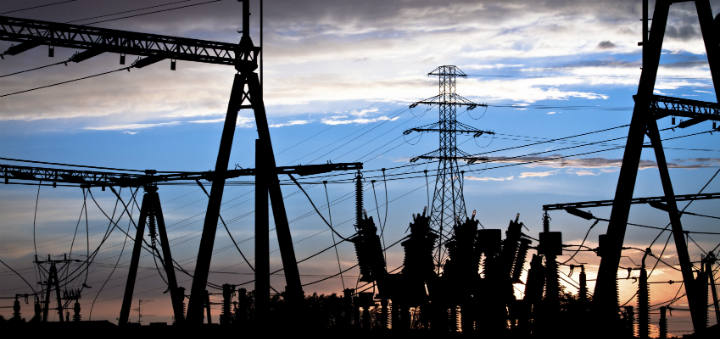
So many individuals in the United States today take electricity for granted. Many people simply expect electricity to show up in their home, and have never really thought about how that power is delivered to their property. In the United States, electricity travels through a complex grid that reaches throughout the country to ensure that people from all over the nation are able to receive reliable energy.
America?s energy grid is a truly powerful and impressive system, and it is one that billions of people use every day, yet very few people truly understand. With this in mind, here are some surprising facts of America?s energy grid that showcase just how impressive, and powerful, this grid truly is.
Multiple Steps in the Energy Transfer Process
Before going into some of the most surprising facts about the U.S. energy grid, it is important to understand how this grid work, on a very basic level.
There are hundreds of power plants located throughout the country that generate electricity. These plants are connected to transformers that step up the voltage of that electricity so it can be transmitted. These are connected by high-voltage transmission lines that carry the electricity long distances across the country. There are more than 450,000 miles of these energy lines throughout the country today as well as 160,000 miles of overhead transmission lines.
After the electricity has traveled a long distance, it is connected to a neighborhood transformer. This steps down the electrical voltage and transmits the energy through smaller, lower voltage lines. The energy is then distributed to poles which step down the energy once again and eventually send a safe amount of electricity into your home.
Number One Reason for Power Grid Failure
Storms are actually the top reason there are power outages in the United States. While severe weather may not seem like a major government issue, it actually costs the US economy up to $33 billion per year in lost wages, damaged inventory, delayed production and grid damage.
The number of outages related to severe weather is only expected to increase over time. This is why there are new technologies being developed to try and improve the resiliency of the power-grid so storms have a lesser impact on its ability to function.
Three Grids in the United States
There are three separate grids that actually come together to create the United State?s complex full network. There is the Eastern Grid, the Western Grid and the Texas (ERCOT) Grid, with the Eastern Grid being the largest of the three. While all three of these grids are connected, they also also operated independently.
Improved Reliability of the Grid
The addition of synchrophaser technology has helped to improve the reliability and quality of America?s power grid. This technology includes small devices that can help monitor the health of the grid, delivering data every second. This has helped grid operators find issues before they cause a disturbance in power and helped to reduce the number of power outages across the country.
This is all part of a larger effort to bring more smart technology to America?s power grid in an effort to help the grid operate more independently and to lessen the number of issues and outages within this energy system.
While most people will never need to know the intricacies of America?s energy grid, knowing the complexity of this system and what it really takes to receive energy to your home can help any consumer appreciate the electricity they do receive. The energy grid is an essential component in many of our everyday lives, and whether you live in a regulated or deregulated market, this grid is instrumental in making certain you get the reliable electricity you need.


